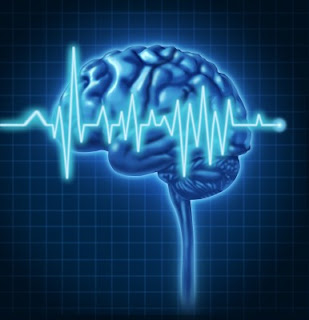Bonnie Nardinger, Great Falls, MT
Bonnie came to me struggling with intense hot flashes, low thyroid function and many other side effects from conventional cancer treatment methods. As many of my clients come, she felt awful and wanted to feel better and to gain confidence that cancer would not be coming back a 3rd time! How someone feels during treatment shouldn't have anything to do with survival outcomes? Let's look at a prominent study from the 1980s to understand the answer to this question.
A study in 1980 was published in The Journal of National Cancer Institute by Stanley and colleagues that should have shifted the entire philosophy and approach to cancer treatment, but has yet to be acknowledged by the vast majority of oncologists and the cancer industry as a whole. This is truly a landmark study that deserves our attention and understanding.
In this particular study, 5,000 patients with inoperable lung cancer were tracked over a 10-year period in order to ascertain what factors would contribute to survival outcomes in poor prognosis patients. There were 77 different factors considered throughout this 10-year study including tumor size, histological type of cancer, clinical status, etc.
When this study was being conducted through 1980-1990, the NCI had a very stringent, narrow definition of positive response to a treatment. In their definition, patients with total regression of tumors that lasted at least four weeks and a significant partial response of at least 50% tumor regression lasting at least four weeks as well. The clinical status and survival did not account for anything, soley tumor shrinkage, even in the face of death.
Surprisingly (to some), the single most important factor was not tumor shrinkage; rather, patients who felt good and could do more things for themselves had far better survival outcomes than those who felt worse and did less for themselves.
Did this study have any impact on the NCI's definition of a positive response to treatments? Not really. The general approach is still to attack the cancer cells in aggressive treatments in order to shrink the tumor small enough to be removed through surgery. However, this study from the 1980s proved that tumor shrinkage was not heavily correlated with survival outcomes. How could the results of this study be missed by our medical establishment?
The definition and basic assumptions of what contributes to survival outcomes seems to be impairing the improvement in long-term survival outcomes for cancer patients undergoing aggressive, potentially dangerous treatments all in the effort to shrink the tumors.
Many times, I work with clients who have gone through chemotherapy and other aggressive treatments who want to detoxify and ensure that the cancer will not come back again more aggressively. Bonnie was such a client. Through all the ups and downs, she is at a wonderful place in her health, confident that the cancer will not come back and that she has been able to address the root causes to the development of cancer in her body. She is thoroughly confident that cancer will not be returning a 3rd time and feels compelled to share her story of healing with the world! Thanks Bonnie, enjoy your newfound health!
If you would like to order a copy of my new book to learn more about What is Cancer and why it develops in the body, click http://amzn.to/2mMiHGS to purchase my book or to read over kindle/E-book.
If you are a holistic health practitioner and you want to grow in your clinical and business knowledge to be able to achieve clarity and confidence in your practice, reach out to me @ yourgreenumbrella@gmail.com. The next Green Umbrella Professional Training Program will be starting in June 2017 and we would love to have you join! For more
information: http://www.yourgreenumbrella.com/course.php If you or a loved one has cancer and would like to work with a Nutritional Therapist, please email me at yourgreenumbrella@gmail.com. We are currently taking new clients.
Disclaimer: The Green Umbrella does not diagnose, treat, or cure any disease. Consult your doctor if you suspect that you have a disease or need medical attention.
information: http://www.yourgreenumbrella.com/course.php If you or a loved one has cancer and would like to work with a Nutritional Therapist, please email me at yourgreenumbrella@gmail.com. We are currently taking new clients.
Disclaimer: The Green Umbrella does not diagnose, treat, or cure any disease. Consult your doctor if you suspect that you have a disease or need medical attention.







